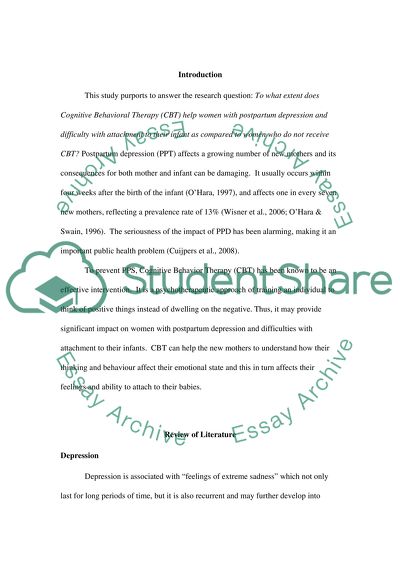Cite this document
(“Cognitive Behavioral Therapy Research Proposal Example | Topics and Well Written Essays - 4750 words”, n.d.)
Retrieved from https://studentshare.org/gender-sexual-studies/1422904-can-cognitive-behavioral-therapy-help-women-with
Retrieved from https://studentshare.org/gender-sexual-studies/1422904-can-cognitive-behavioral-therapy-help-women-with
(Cognitive Behavioral Therapy Research Proposal Example | Topics and Well Written Essays - 4750 Words)
https://studentshare.org/gender-sexual-studies/1422904-can-cognitive-behavioral-therapy-help-women-with.
https://studentshare.org/gender-sexual-studies/1422904-can-cognitive-behavioral-therapy-help-women-with.
“Cognitive Behavioral Therapy Research Proposal Example | Topics and Well Written Essays - 4750 Words”, n.d. https://studentshare.org/gender-sexual-studies/1422904-can-cognitive-behavioral-therapy-help-women-with.


